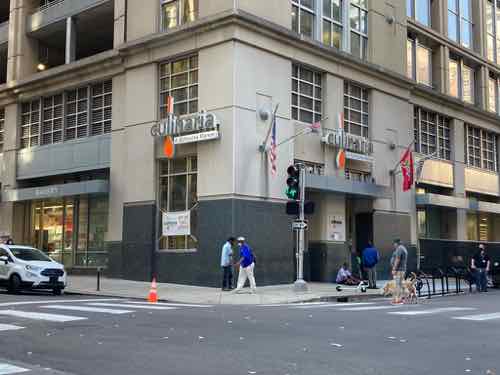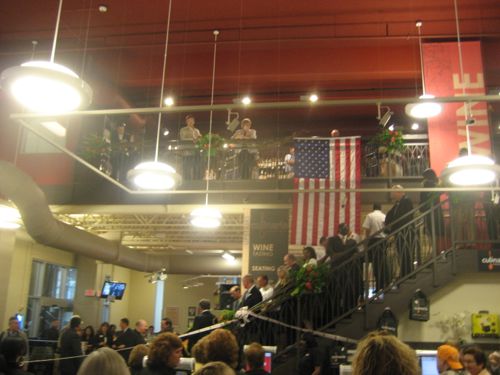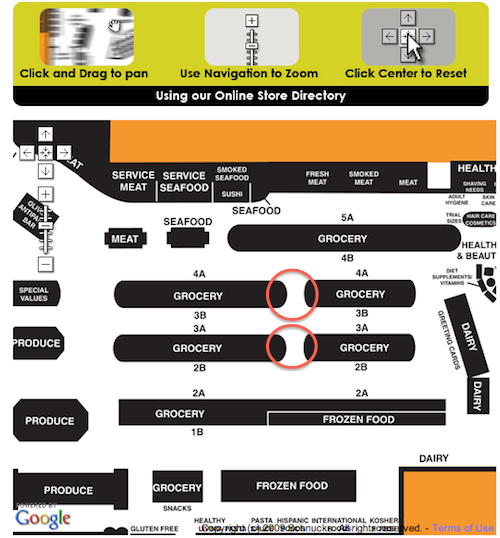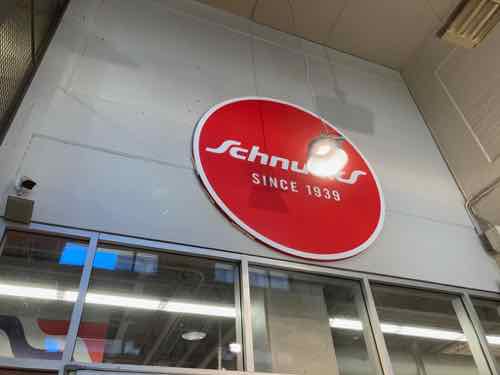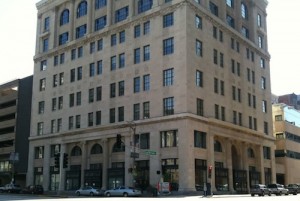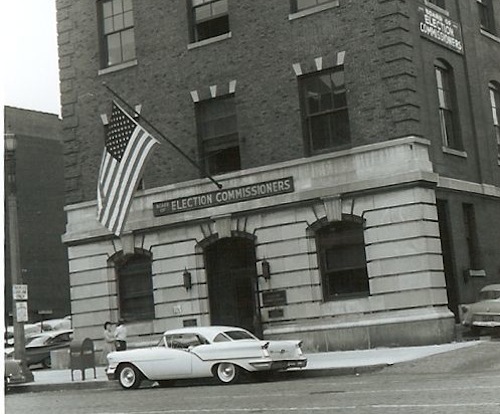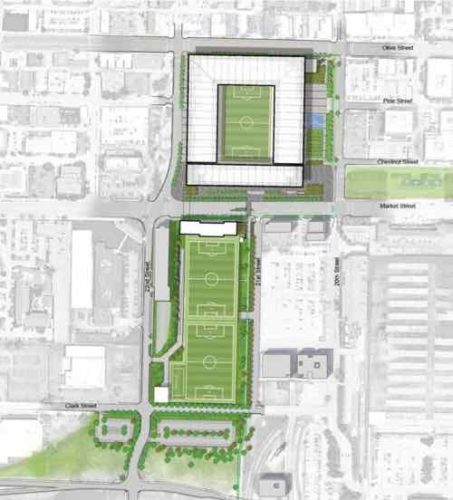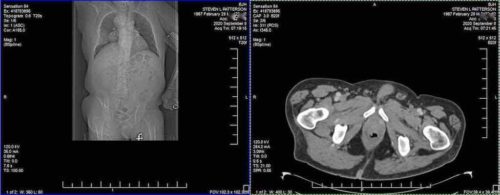Population Loss in Six North St. Louis Wards
|
|
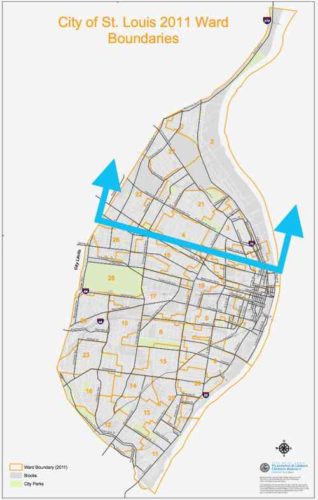
As I pointed out recently, north St. Louis continues experiencing population loss. In my post on the election results I wrote:
Despite the increase in registered voters, six contiguous north city wards (1,2,3,4,21,22,27) had decreases in registered voters. These same six also had decreases in 2016. When the 2020 census numbers are released next year we’re going to see population loses in the north side, but increases in the central corridor — the same pattern happened a decade ago. The overall increase in registered voters tells me the overall population loss slowed again or we might even see a very slight increase in population. A loss is more likely.
Overall the city had increased voter registration compared to 2016, so something is going on. Once we have the detailed census results we’ll get a clearer picture what is happening.
In the meantime I have some thoughts on this subject.
The 1940 census saw a decline from 1930 — those who could afford to move to the new suburbs were doing so in large numbers.
Peak population in St. Louis in 1950 was around 856k. That population exceeded the physical capacity of our housing units — major overcrowding occurred in the oldest housing. Housing in the NW & SW was only 20-30 years old during the 1950 census, it likely wasn’t overcrowded. It was the 19th century housing that was overcrowded. The increased population masked an underlying problem — the white middle class was fleeing rapidly. Rural/poor whites & blacks looking for work after WWII made the census numbers look good but it was a huge shift in people.
In the seven decades since we’ve razed a significant percentage of the 19th century structures for highways, urban renewal projects, and due to abandonment. During this time the total population each census was less than the previous census. Initially it was large scale and widespread, but has slowed. Within a few decades all white neighborhoods became all black neighborhoods.
After the 2010 census we saw increased population in the central corridor (downtown west to city limits) but losses north and in parts of south St. Louis. I don’t think we’ll ever see widespread abandonment south of the central corridor. So much has been rehabbed — just too much invested to walk away. This is not to say that small areas on the southside won’t see losses, they very well could. Another thing we saw in the 2010 census was the black population dropped to just below 50% of the total, the white population remained unchanged as a percentage.
The six wards that make up the northern third of the city, on the other hand, are highly likely to see significant losses in the 2020 census results. These losses will most likely account for the majority of the overall population loss of the city.
What’s happening is the residents of these six wards are likely finding better housing elsewhere — either in the rest of the city or in St. Louis County. Population in the St. Louis region has long shifted around in search of better housing. What’s new is in these wards we are seeing a significant shift out with no new group shift in. When older homeowners die their kids don’t want the dated old family home.
To be sure there are some very nice pockets within these six wards with well-maintained houses, tree-lined streets, etc with relatively dense populations. These islands are in contrast to the food/job deserts of the rest of the wards. Large non-residential sites include O’Fallon & Fairgrounds parks, Bellerive & Calvary cemeteries, and the contaminated government facility on Goodfellow occupy a lot of land, but a lot of the land is where buildings used to exist.
With these longtime wards emptying out it presents problems for redistricting next year. Ideally political boundaries are drawn to be compact, ideally square in shape. But you also want wards to reflect the demographic makeup of the population. After redistricting each ward represents roughly the same amount of people so the number of wards doesn’t matter as much when a third of the city is being vacated while the two-thirds is stable or increasing. It’s going to be challenging keeping the same number of majority black wards. I could see a black alderperson representing a diverse south city ward. The next redistricting will reduce the number of wards from 28 to 14.
In a future post I’ll share my thoughts what St. Louis should do to counteract the increasingly empty third of the of the city.
— Steve Patterson
